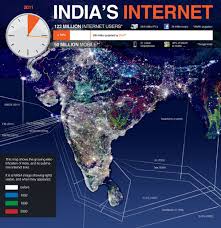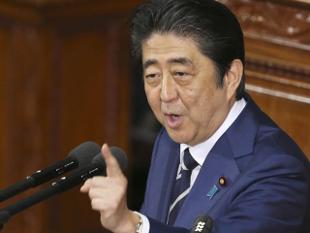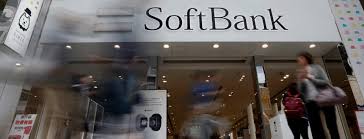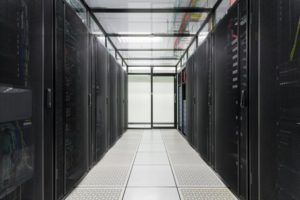 The Central Board of Direct Taxes (CBDT) signed four more advance pricing agreements (APAs) in August with Indian taxpayers as it looks to reduce litigation by providing certainty in transfer pricing.
The Central Board of Direct Taxes (CBDT) signed four more advance pricing agreements (APAs) in August with Indian taxpayers as it looks to reduce litigation by providing certainty in transfer pricing.
The four APAs entered into during August, 2017 pertain to various sectors of the economy like telecom, banking, manufacturing and education, an official statement said today.
“Out of these four agreements, three are unilateral and one is a bilateral,” it said.
According to the statement, the bilateral APA is for international transactions between an Indian company and a UK-based company and this is the eighth bilateral APA with the United Kingdom and 13th overall (the other five being with Japan).
With the signing of these four agreements, the total number of APAs entered into by CBDT has reached 175, the statement said, adding, “this includes 162 unilateral APAs and 13 bilateral APAs.”
Besides, in the current financial year, a total of 23 APAs (2 bilateral and 21 unilateral) have been signed till date, the statement noted.
The APA provisions were introduced in the Income-tax Act in 2012 and the “rollback” provisions were introduced in 2014.
The scheme endeavours to provide certainty to taxpayers in the domain of transfer pricing by specifying the methods of pricing and setting the prices of international transactions in advance.
The statement pointed out that since its inception, the APA scheme has been well-accepted by taxpayers and that has resulted in more than 800 applications (both unilateral and bilateral) being filed so far in five years.
Noting that the progress of the APA scheme strengthens the government’s resolve of fostering a non-adversarial tax regime, the statement said the Indian APA programme has been appreciated nationally and internationally for being able to address complex transfer pricing issues in a fair and transparent manner.
Source: Times of India





